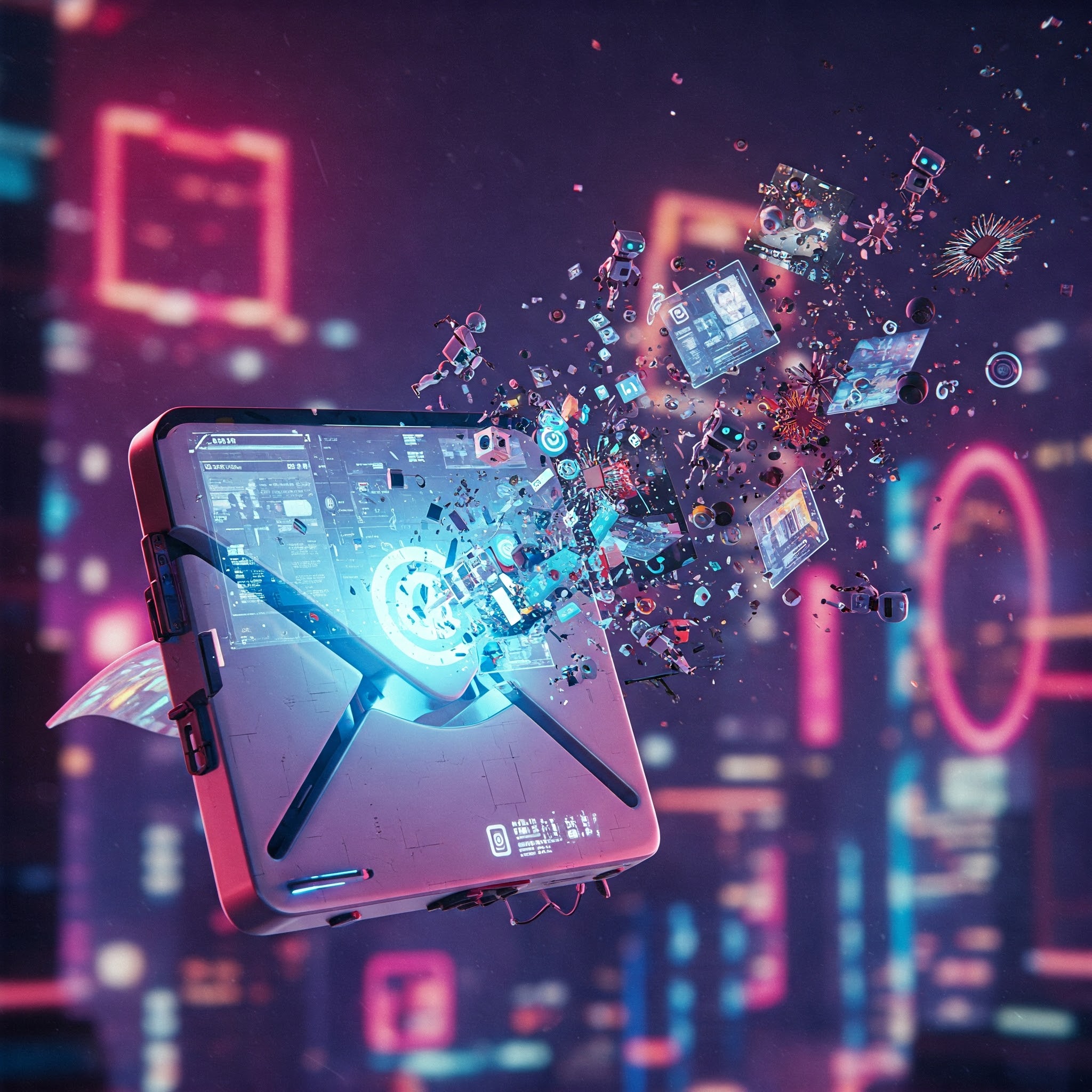So, you’re building a world. Fantastic. Elves, spaceships, brooding detectives with a penchant for bad coffee – the usual. But how do you stop your star elf looking like a garden gnome in chapter three? Enter AI, stage left, with a suspiciously helpful grin.
The Consistency Conundrum
Character consistency. Sounds simple, right? It isn’t. Ask any author who’s had a reader point out their protagonist’s eyes changed color halfway through the book. Or the artist drawing a comic book where the hero’s chin seems to evolve every panel.
We’re told consistency breeds believability. Readers bond with characters who stay characters. Imagine James Bond suddenly developing a fear of martinis. Unthinkable!
The Human Way (A.k.a. The Hard Way)
Traditionally, maintaining character consistency involves things like:
- Obsessive notes: Detailing every freckle and quirk.
- Visual reference sheets: Essentially character mugshots from every conceivable angle.
- Constant vigilance: Like hawks, artists and writers must be ever watchful for rogue details.
- Accepting Mistakes: Admiting your inconsistencies and hoping nobody notices.
It’s a lot. And honestly, who has the time when there’s a universe to build (or Netflix to binge)?
AI to the Rescue? (Maybe.)
The promise of AI image generators like ImagineArt AI Image Generator (which we are definitely not endorsing, because that would be an advertisement, and we’re far too cynical for that) is simple: upload, describe, generate. Consistent character designs, lickety-split.
Theoretically, you feed the AI a reference image of your surly dwarf. Tell it you need him looking surly while riding a unicorn. Boom, surly dwarf on a unicorn. And he actually looks like the same surly dwarf.
How It (Supposedly) Works
- Reference Image: The AI needs a starting point. Think of it as showing the robot a picture of your Aunt Mildred before asking it to draw her skydiving.
- Scene Description: You tell the AI what you want. The more detail, the better (presumably). “Aunt Mildred, skydiving, wearing a floral dress, looking terrified.”
- Image Generation: The AI does its thing. Hopefully, it doesn’t produce something that will haunt your nightmares. (We’ve all seen AI art. shudders).
- Refinement (The Crucial Step): This is where you, the human, step in to prevent disaster. Tweak, adjust, and generally wrestle the AI into producing something usable. Because let’s be honest, AI is great, but it’s not perfect.
Caveat Emptor (Let the Buyer Beware)
AI image generation is still evolving. While it can be a useful tool, it’s not a magic bullet. Be prepared for:
- Unexpected Results: AI can be unpredictable. You might ask for a stoic warrior and get a Teletubby in armor. Temper expectations.
- Ethical Concerns: AI art raises questions about copyright and artistic ownership. Tread carefully.
- The Need for Human Oversight: You can’t just let the AI run wild. You’ll need to guide it, refine its output, and generally ensure it doesn’t produce something utterly bizarre.
Is AI the Future of Character Creation?
Potentially. The technology is improving rapidly. But for now, think of AI as a powerful tool, not a replacement for human creativity and judgment. Use it wisely, and it might just save you from that dreaded eye-color inconsistency. Or, you know, unleash a legion of Teletubby warriors upon the unsuspecting world. The choice is yours.

